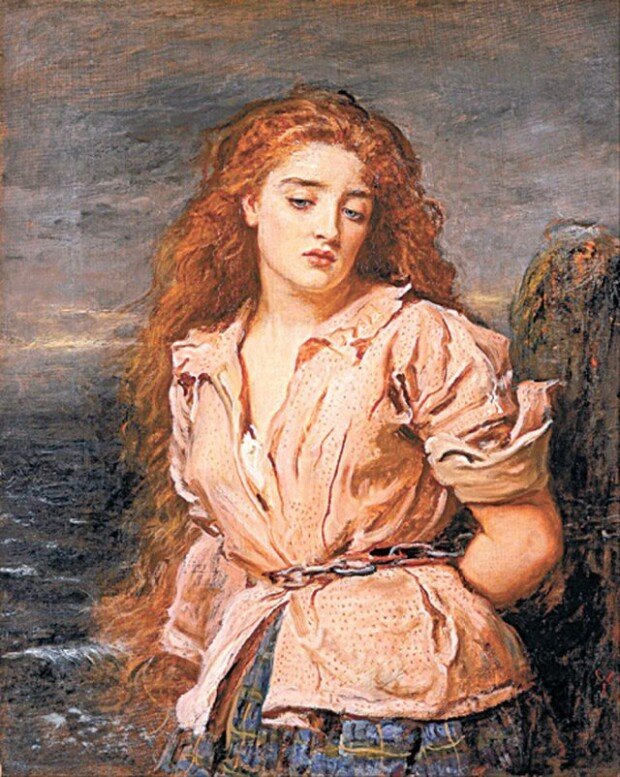Courage to stand by beliefs
Courage to stand by beliefs
Posted August. 26, 2021 07:25,
Updated August. 26, 2021 07:25

Could there be any fear greater than death? A young and beautiful woman is tied to a pile. When the water comes in, it will fill up and drown her. Who is this person, and why is she destined to such a miserable death?
The woman in the painting is Margaret Wilson, who lived in Wigtown, Scotland in the 17th century. She was a Covenanter that refused the English king’s interference with the Scottish church. They believed that no one, including the king, could be a spiritual leader for the church, other than Christ. On May 11, 1685, Wilson refused to swear an oath declaring James the Seventh as head of the church, sentenced to death and was executed. She was just 18. Margaret McLachlan was executed first, and the accusers tried to persuade Wilson to take the oath, after making her watch over the death of her devoted friend. Wilson could have lived by saying a few words, but she stood by her beliefs and chose death. She did not cease to pray until her whole body was immersed in water.
One hundred and eighty years later, British painter John Everett Millais painted the martyr’s death. The girl in the painting is chained to stakes on Solway Firth. She is wearing a blouse and a tartan skirt with her red and wavy hair flowing around her. She gazes downwards, as if she is lost in deep thought, while her lips are slightly pursed as she prays. Though Millais was a renowned painter, he was severely criticized after the painting was disclosed, because he had depicted the upper part of Wilson’s body as nude. This was to depict the martyr’s death more dramatically, but a nude of a young martyr was unacceptable. Eventually he painted Wilson’s hair and torso over again.
Courage is needed to stand by one’s beliefs. Wilson risked her life to keep to her beliefs and became a great martyr, while Millais renounced his beliefs to create a great painting that was cherished for centuries.



![[속보]박근혜 손잡고 울먹인 장동혁 “더 큰 싸움 위해 단식 중단”](https://dimg.donga.com/c/138/175/90/1/wps/NEWS/IMAGE/2026/01/22/133209040.3.jpg)



